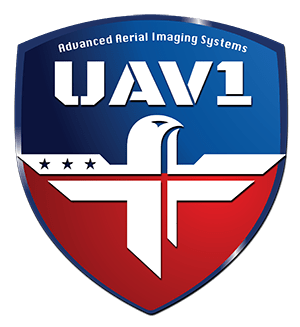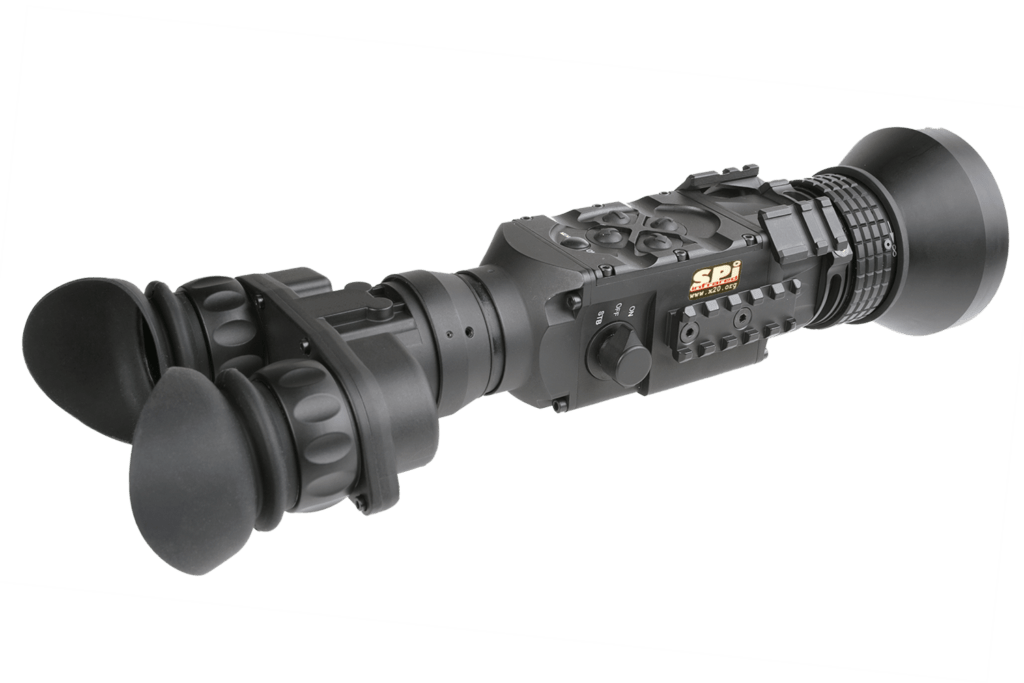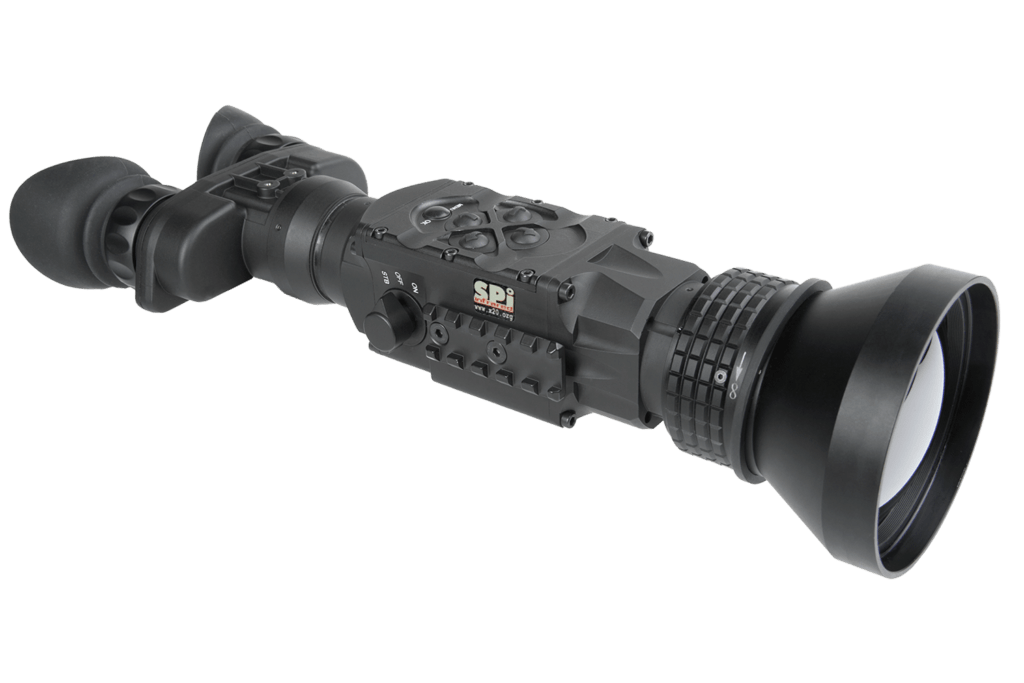Hornet Long Range Thermal Night Vision Binoculars
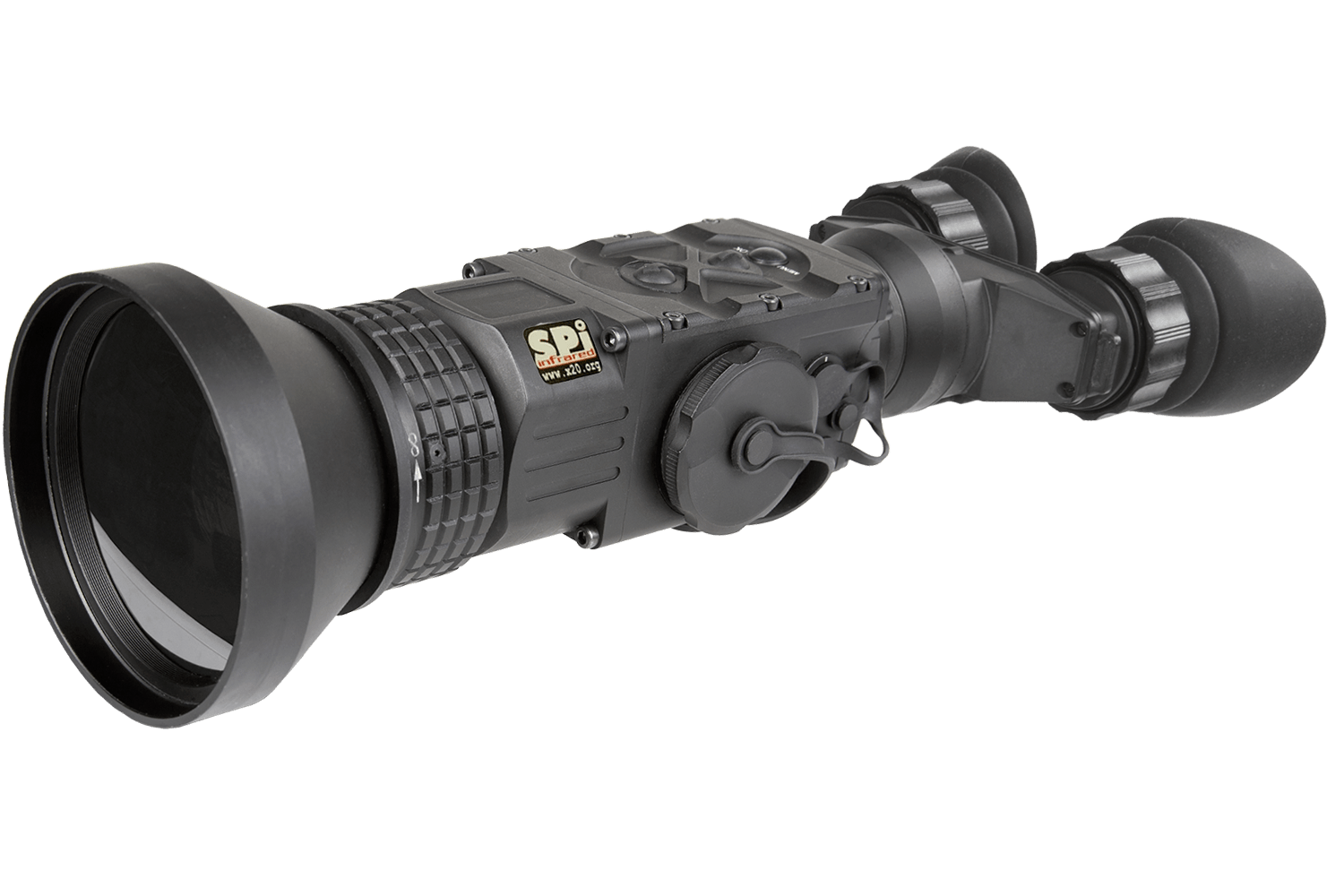
SPI HORNET T640-75-B
THERMAL BINOCULARS | PART #T640-75-B
CHARACTERISTICS
Detector type: High sensitivity Uncooled Microbolometer
System: Tactical Long range thermal binocular for security/surveillance
Refresh rate: 60 Hz Housing: Rugged, all weather Resolution: 640 x 512 FOV: 8.3° × 6.6° (H x V)
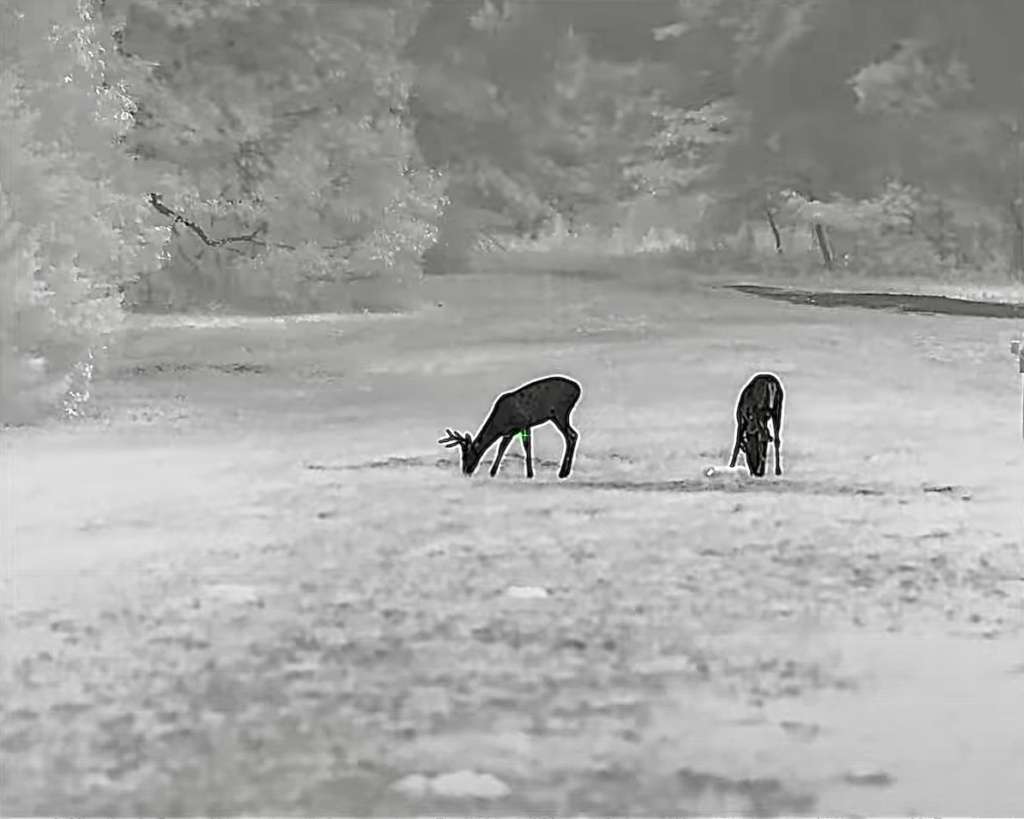
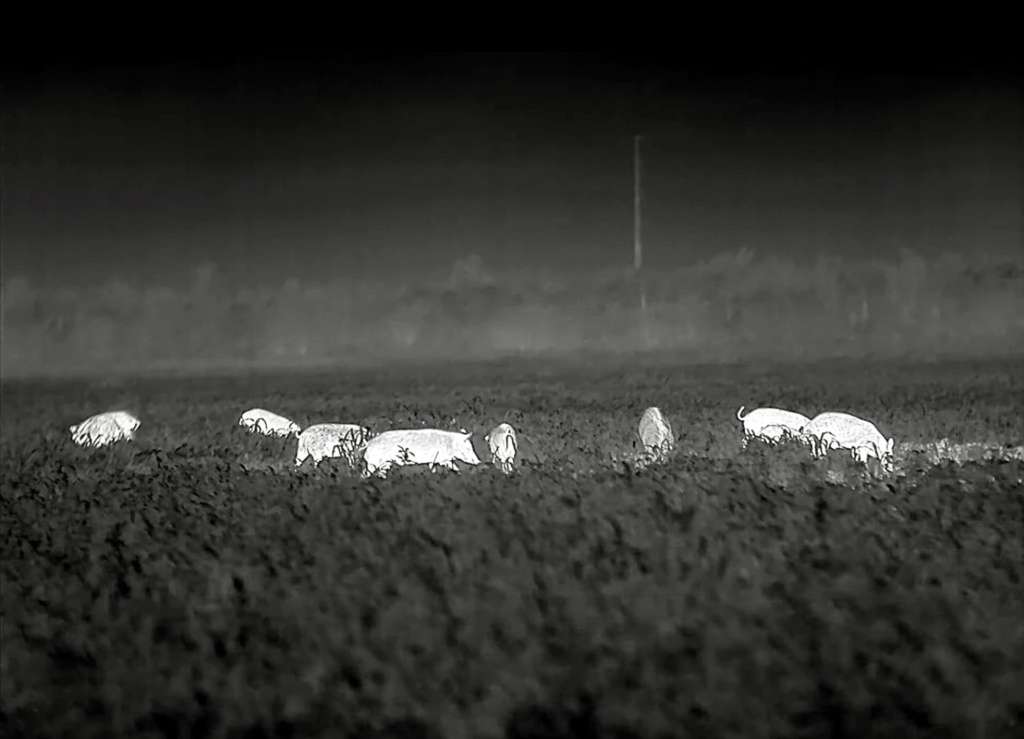

DESCRIPTION AND FEATURES
The SPI Hornet is the latest and most technologically-advanced thermal imaging device for observation currently available on the market. Bi-ocular is made of high-grade aircraft aluminum alloy, making the unit both durable and lightweight. Due to its waterproof capability the Cobra performs well even in severe weather conditions and challenging environments. The Hornet’s user-friendly interface, comfortable and ergonomic buttons, together with the wireless remote control makes adoption and application incredibly simple. Based on FLIR TAU 2 VOx microbolometer core the Hornet offers a variety of image palettes: white hot/black hot/ Rainbow, etc. that can be easily adapted depending on different environmental conditions. This high-tech bi-ocular can take either two CR123A 3V Lithium Batteries or two CR123 rechargeable batteries, with voltage ranging from 3.0 V to 3.7 V. In addition, the external battery pack connected via standard micro-USB port provides an additional operating time.
Specifications Of The Hornet Long Range Thermal Binoculars System
- Detector type: Uncooled Microbolometer
- Refresh rate: 60 Hz
- Start up: 3 seconds
- Lens system: 75 mm; F/1.0
- Optical magnification: 3x
- Field of view (H × X): 8.3° × 6.6° (H x V)
- Digital zoom: 1x ~ 8x
- Display: OLED Color
- Video output: PAL (768×574 pixels)/ NTSC (640×480 pixels)
- Temperature imaging palettes: White Hot, Black Hot, Fusion, Rainbow, Globow, Ironbow1, Ironbow2, Sepia, Color1, Color2, Ice-Fire, Rain, and OEM
- Interfacing: S620 Connector (Power In, Analog Video In/Out, Digital Video Recorder) Micro USB (External Battery Pack)
- Diopter adjustment range: -5 to +5 dpt
- Focusing range: 5 m to infinity
- Battery Type: Two CR123A 3V Lithium Batteries or CR123 Type Rechargeable Batteries with Voltage from 3.0V to 3.7V (2)
- Battery Life (Operating): Up to 4 hr (optional up to 12 hrs)
- Operating Temperature Range: -40°C to +50°C (-40°F to +122°F)
- Weight: 1.14 kg (2.5 lbs)
- Overall Dimensions: 312 x 109 x 89 mm (12.2 x 4.2 x 3.5 in)
- Package Includes: Thermal imaging bi-ocular, Lens Cloth, Soft Carrying Case, User Manual
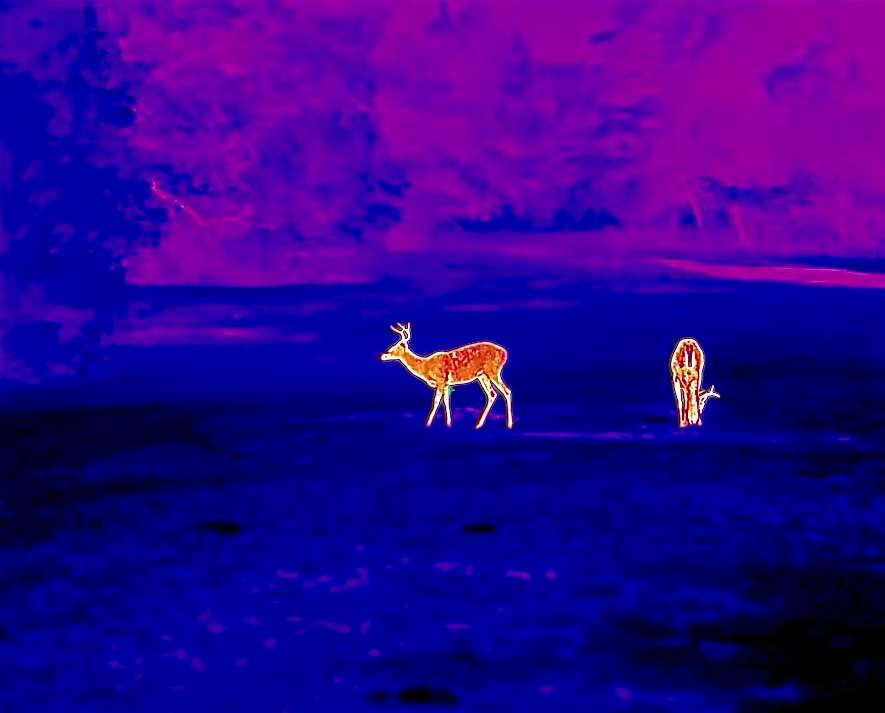
What are Long Range Thermal Imaging Binoculars?
Military thermal binoculars are specialized devices that enable users to see in complete darkness by utilizing optics with infrared radiation.
History of Thermal Imaging
- Discovery of Infrared Radiation: The existence of infrared radiation became known in 1800, thanks to the pivotal work of astronomer Sir William Herschel.
- Early Applications: Initially, infrared light was predominantly used for temperature measurement, leading to the creation of detectors and sensors for bolometers and thermometers.
- Innovations by Leopoldo Nobili: By applying the Seebeck effect in 1829, Nobili introduced the world to the first thermocouple, which was a refined thermometer and the precursor to the thermopile.
- Advancements Post WWI: After World War I, there were numerous discoveries benefiting civilians where long-range thermal imaging technology was successfully utilized.
Milestones in Military Thermal Imaging
- First Military Use: In 1929, Britain introduced the first military thermal binocular camera for air defense, an invention of Hungarian physicist Kálmán Tihanyi.
- US Developments: In 1947, Texas Instruments, in collaboration with the US military, developed the line scanner. However, its drawback was the one-hour image rendering time.
- British Defense Innovations: During the 1950s, Britain developed a linescan unit known as "Yellow Duckling", designed to detect underwater attacks. Although it had its flaws, it paved the way for the adoption of IR technology for military scanning.
- Modern Discoveries: Pyro-electronic scanning and solid-state thermal-imaging arrays have been fundamental in the development of modern thermal vision devices.
Types of Military Long Range Thermal Binoculars
Uncooled Detectors:
- Operate at ambient temperature.
- Use sensors that measure infrared heating values.
- Generally more affordable due to simpler production processes.
- Tend to have lower image resolution
Cooled Detectors:
- More expensive due to complex production technology.
- Require a cooling mechanism.
- Offer a higher precision image, suitable for military-grade applications.
The binoculars measure infrared radiation from objects and produce an image based on the heat detected. This allows for visibility both day and night.
Applications of Thermal Imaging Binoculars
Beyond military and defense applications, thermal imaging binoculars serve various purposes:
- Building Industry: Detect heat leakage or moisture in structures.
- Anti-terrorism: Monitor unauthorized border crossings.
- Firefighting: Detect hotspots in obscured or smoke-filled environments.
- Medicine & Veterinary: Used for diagnostic purposes.
- Astronomy: Explore celestial bodies.
The Technology Behind Long Range Thermal Imaging Binoculars
These devices leverage cutting-edge technology to detect temperature differences in objects. Features include:
- Digital photography and video recording.
- Professional-grade lenses.
- Compatibility with smart devices.
Modern thermal binoculars work on the principle of black body radiation, where any object above absolute zero emits infrared radiation.
Conclusion
Today's Long Range Thermal Imaging Binoculars, whether in LWIR or MWIR and running at various frequencies, offer unparalleled performance. With precision lenses and additional sensors like color night vision, GPS, and compasses, these devices have evolved to be indispensable tools for military and security operations. Their ability to operate in near-total darkness, challenging terrains, and adverse weather conditions makes them invaluable for surveillance and reconnaissance.
